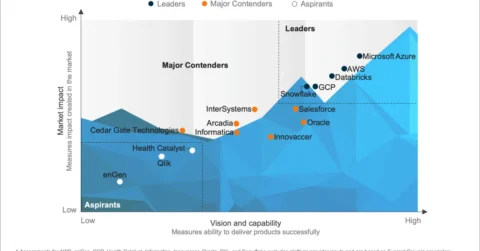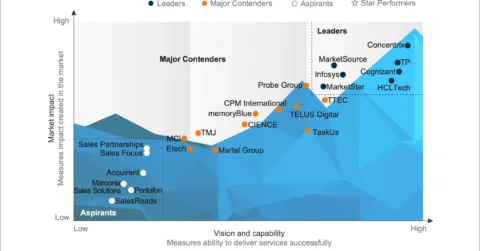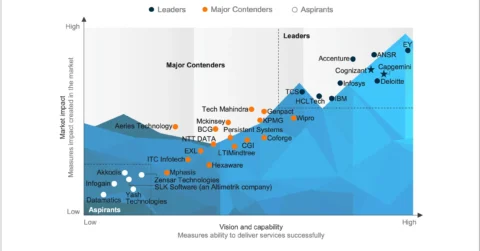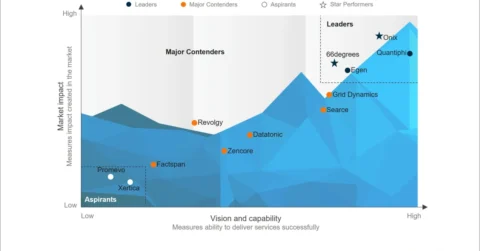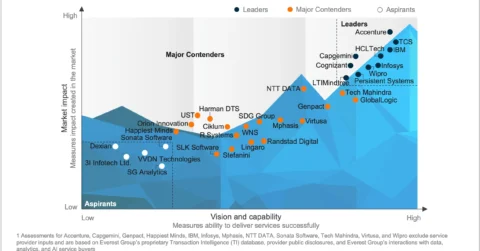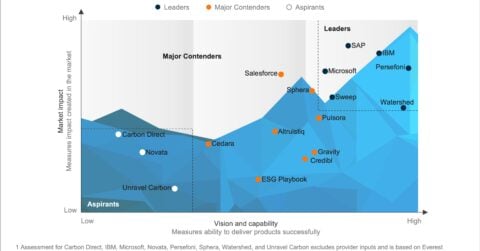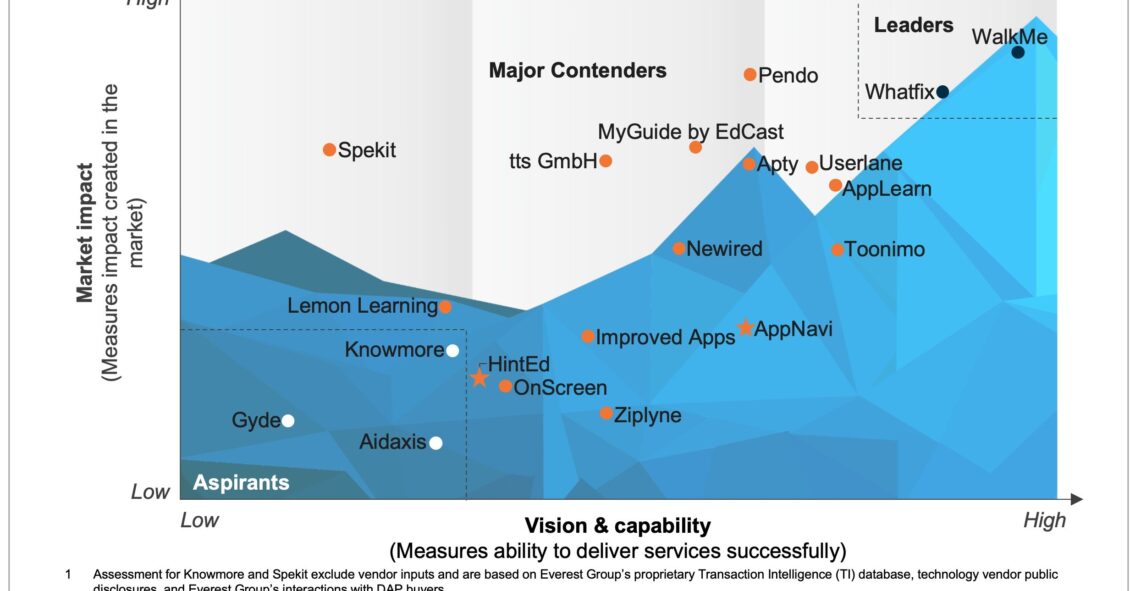
Digital Adoption Platforms (DAPs) play a vital role in enabling digital transformation for organizations globally. The year 2021 was eventful for the DAP market, with enterprises looking for solutions to meet the demand for new technologies to complement the hybrid work model. They realized the importance of customer and user experience and implemented DAPs to achieve business goals such as employee efficiency, ease of training, fewer support tickets and lower costs, higher customer satisfaction scores, improved trial conversion, and minimal customer churn.
On the supply side, DAP vendors invested heavily in enhancing their product capabilities and global reach to better serve their clients. DAP technologies are evolving, with offerings including user behavior analytics, integrated chatbots, automation, data validation, robust content management, knowledge search and aggregation, and enhanced content editing options.
-
Digital Adoption Platforms (DAP) Products PEAK Matrix® Assessment with Technology Vendor Landscape 2022
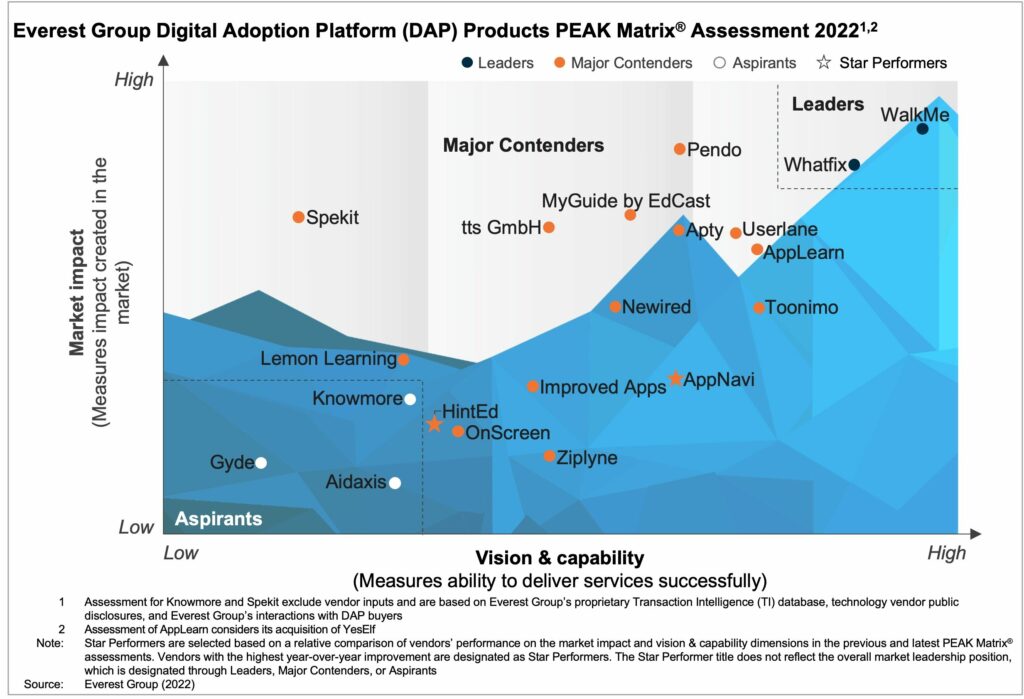
What is in this PEAK Matrix® Report:
This PEAK Matrix® report covers the following topics:
- Everest Group’s PEAK Matrix® evaluation of DAP technology vendors and their categorization into Leaders, Major Contenders, and Aspirants
- Competitive landscape of the DAP technology vendor market
- Key enterprise sourcing considerations (strengths and limitations) for each of the 20 technology vendors evaluated
Content:
In this report, we evaluate 20 DAP technology vendors in terms of their DAP products, vision & capability, and market impact and position them on Everest Group’s PEAK Matrix® as Leaders, Major Contenders, and Aspirants. The research will help buyers select the right-fit technology vendors for their needs, while technology vendors will be able to benchmark themselves against each other.
Scope:
- All industries and geographies
READ ON
What is the PEAK Matrix®?
The PEAK Matrix® provides an objective, data-driven assessment of service and technology providers based on their overall capability and market impact across different global services markets, classifying them into three categories: Leaders, Major Contenders, and Aspirants.
